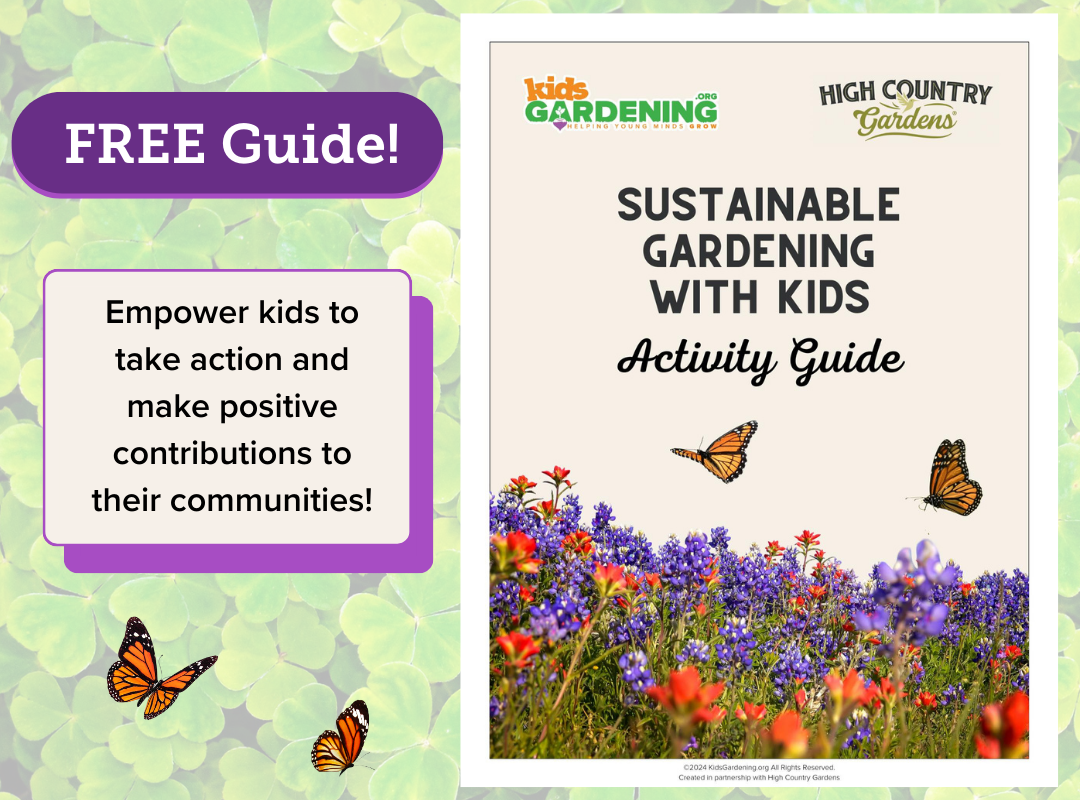Materials:
- plastic storage container with a lid
- drill
- piece of fine screen
- newspaper
- spray bottle of water
- food scraps
- red wiggler worms (The earthworms you find outside do not like to live inside. For indoor bins, red wigglers are best. These slender worms eat just about everything and are happy with indoor temperatures. If you can not find a local supplier, there are many options available online.)
*Although a worm bin can technically be constructed in any season, if you are ordering red wiggler worms by mail, you will need to avoid times when the weather is too hot or too cold or else you will end up receiving a box of smelly, dead worms.
Instructions
- Find a plastic storage container with a lid. Next drill 10 or so small holes on the sides and bottom for your worms. The holes on the side help them get air and the holes on the bottom are to release extra liquid in case it gets wet in your bin.
- Cover the holes with a piece of screen to make sure your worms do not try to explore outside the bin.
- Fill 1/2 to 3/4 of the bin with strips of newspaper. This newspaper serves as a bed for your worms, and they will eat it too.
- Use a spray bottle to moisten the newspaper. Worms don't like to dry out.
- Add red wriggler worms.
- Bury some food scraps in the newspaper. Your worms will eat a variety of foods, including fruit and vegetable peels, pasta, rice, bread, coffee grounds, tea bags, and trimmings from the garden. Don't add dairy products, oils, or meats.
- Place bins in a warm spot out of direct sunlight (remember, these worms are comfortable in the same temperatures as you). Set the container inside a tray or pan to catch any liquids that might drain out.
- Add food and check on the bin regularly. If the bin becomes overly wet, decrease the amount of food you are adding and mix in additional newspaper for bedding. If dry, increase the amount of food and add moisture with a spray bottle.
- Watch for castings to build up; this usually takes several months. When your bin has a lot of castings, use a spoon to scoop them out (leave the worms in the bin, though) and add it to the soil around your plants.
For additional background and how-to information, check out our article on Worm Composting.



